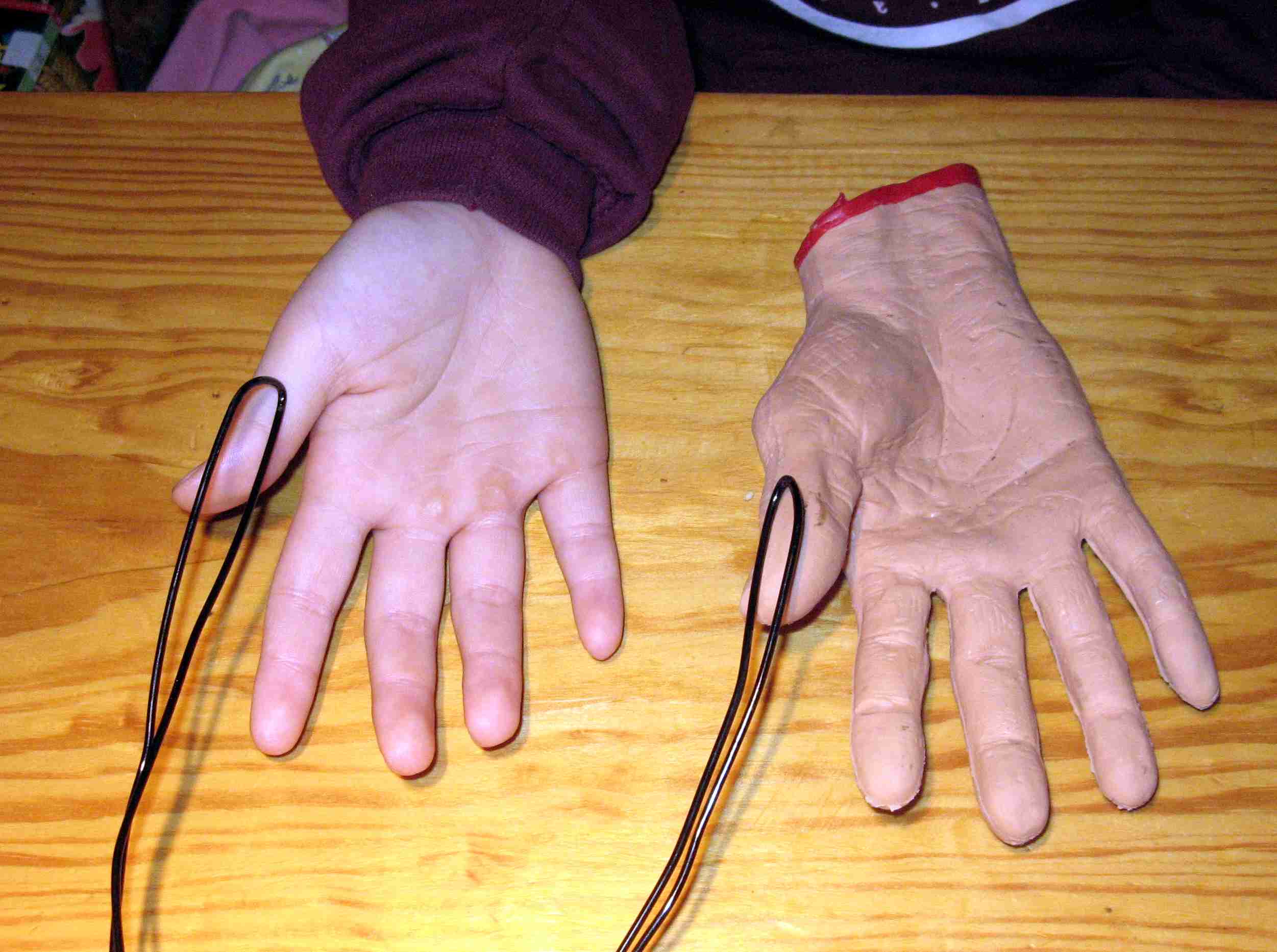We atheists and agnostics often have a lot in common with you religious moderates
I struggle to see through the rampant commercialism, the over-consumption and the glazed-eyed happiness of the holiday season. But maybe I’ve had a break-through. It keeps recurring to me this month that kind and thoughtful atheists/agnostics have an immense amount in common with millions of kind and thoughtful people who believe in God.
Too many of us have too much in common, in fact, for me to stand by silently while the “new atheists” (led by Richard Dawkins) repeatedly belittle Believers. Most of these new atheists claim that religious moderates, by their silence, are enabling the social destruction wrought by fundamentalists. I think that is often true. By the same token, moderate atheists/agnostics are adding unnecessary fuel to the belief/non-belief wars when they fail to speak up during the new atheist hyper-scoldings of believers.
I suspect that many of the new atheist criticisms of religion underestimate the function served by the type of religion practiced by most religious moderates (I think that David Sloan Wilson has it right on this point) and that they over-estimate the ability of science to provide substitutes for whatever it is that religious moderates get out of their practice of religion (on this point, see this Salon.com interview of theologian John Haught).
In fact, many of the new atheist scoldings smell of schadenfreude and vengeance. I agree that much of criticism is warranted on an intellectual level, but it seems like we really need to sit down and figure out how to get …





